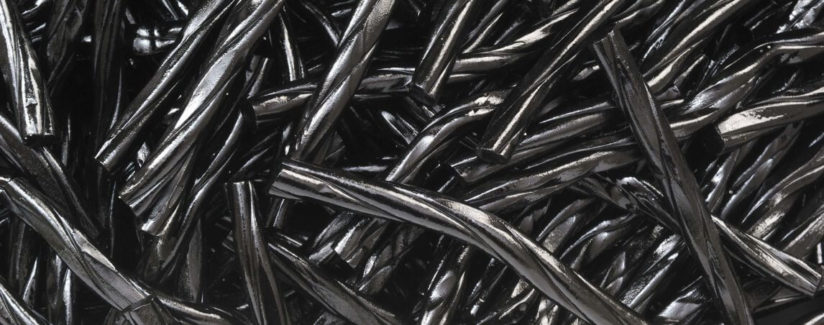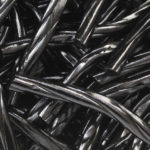
Should You Skip Black Licorice This Halloween?
While black licorice certainly isn’t our favorite Halloween treat, some of you love the aromatic candy. In fact, we’d divide people into two groups – those who dislike black licorice and those who love it. If you happen to fall into the latter group, you may want to be cautious.
According to the American Heart Association, there is a limit on how much black licorice you should consume. Eating lots of black licorice can cause complications that are “acutely life-threatening,” said Dr. Christopher Newton-Cheh, a cardiologist at Massachusetts General Hospital and Harvard Medical School in Boston.
The Food and Drug Administration cautions, “If you’re 40 or older, eating two ounces of black licorice a day for at least two weeks could land you in the hospital with an irregular heart rhythm or arrhythmia.”
So, what about black licorice makes it potentially harmful? Glycyrrhizin. Glycyrrhizin is a natural sweetener that’s extracted from licorice root. This compound is about 50 times sweeter than sugar, in fact. FDA’s Linda Katz, M.D., says the agency received a report of a black licorice aficionado who had a problem after eating the candy. And several medical journals have linked black licorice to health problems in people over 40, some of whom had a history of heart disease and/or high blood pressure.
A few pieces of black licorice in your child’s trick-or-treat bag is nothing to worry about, Dr. Newton-Cheh said. What about all the other Halloween candy – say, chocolate bars, sweet tarts, suckers and peanut butter cups? Moderation is a good idea with those, too.
“Candy is full of empty calories, and people need to eat candy in moderation. We are also concerned about the effects of the sugar related to the development of cavities. If people eat one or two pieces of candy per day, it would be OK. But any more than that causes concern,” says Dr. Fadi Aramouni, professor of food science at Kansas State University.
It’s okay to pace your children with Halloween candy because Dr. Aramouni notes the candy will be safe to eat for several months.
When selecting candies this Halloween season, you may want to think twice before opening up a bag of black licorice. If you still choose to eat it, consume with caution and contact your primary care provider if you experience any uncomfortable symptoms. Use all the self-control you can muster with all candy and eat a few pieces at a time.
Originally published Oct. 23, 2018.


























